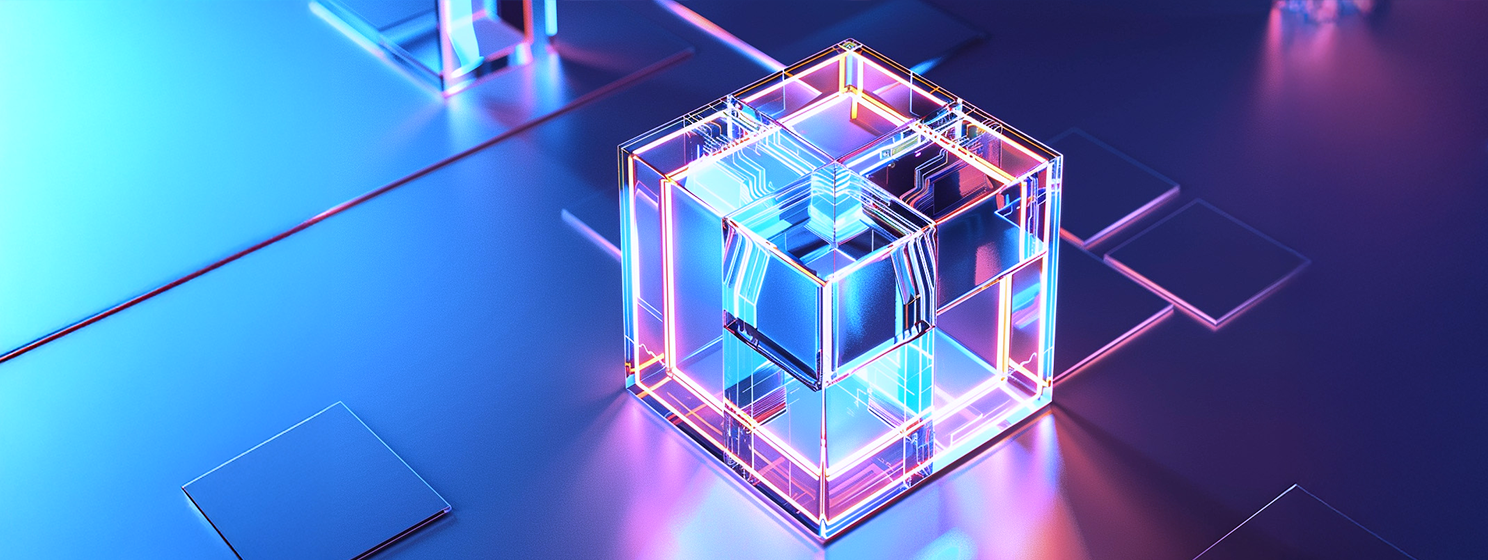|
Getting your Trinity Audio player ready...
|
This post originally appeared on ZeMing M. Gao’s website, and we republished with permission from the author. Read the full piece here.
People’s mindset about NFT (non-fungible token) today is still that an NFT is some kind of an artifact one can look at, speculate, and trade.
But think broadly.
Think about a future in which every ‘datum’ or ‘monad,’ namely a unit of data or a data entity, is represented by an NFT. This is not for the sake of NFT hype itself but for pure utility. It creates an entirely different way to manage data. It will be a different data paradigm.
Ordinals on Bitcoin is showing the way. See Blockchain and HTTP/S.
And let the scale sink in. It is estimated that about 10 trillion gigabytes (10^22 bytes) of data are transferred over the Internet every day. If each tokenized datum represents 1K bytes, and only 1 millionth of the Internet traffic is taking advantage of tokenization, we will still have 10^13 tokenized transactions of data over the Internet every day. That is about 100 million transactions per second.
Even with the Ordinals exploitation, BTC is not going to have more than 30 transactions per second. Even if BTC is going to increase the block size, it simply cannot match the true utility demand because BTC faces intrinsic boundaries.
First, there is the boundary of the digital gold narrative. Once the block size is relaxed, the nakedness of the digital gold will be increasingly exposed (the emperor really wears no clothes).
Second, very large TPS is not merely a matter of big block sizes but requires SWN network architecture integrated with IPv6 and multicast, which are all beyond BTC’s capability and also contradict the BTC narrative.
This whole movement started by Ordinals will increasingly show incompatibility with BTC, in fact, a direct contradiction to it. It hasn’t so far, only because the volume is still very small.
With the Ordinals exploitation, BTC can handle a few million transactions per day if speculators are willing to pay high fees.
Once true utility comes in, however, two things happen:
(1) People will not be willing to pay high fees for actual utility. (It is one thing to pay $10 for a speculative NFT artifact; it is an entirely different thing to pay that much for regular data traffic. Not $10, not $1, not even just $0.01, but will need to be lower than $0.00001.)
(2) Once it goes beyond a few million transactions per day, BTC simply cannot handle it at all, whether people are willing to pay high transaction fees or not.
Now BTC purists are laughing, “why would the ‘digital gold’ ever want that kind of utility!”
Well, that is the point. Want it or not, it simply can’t.
But those who are interested in a useful Internet and useful blockchain must take an honest look at these horizons to determine if your favorite blockchain can potentially reach them or not.
Many blockchains can do better than BTC, but they are not designed for this kind of utility, not even by a very hard stretch of imagination.
BSV blockchain is the only one that can handle such scales at such low costs.
Watch: Kurt Answers Viewer’s Questions about Ordinals in BTC and BSV

 01-05-2026
01-05-2026 




